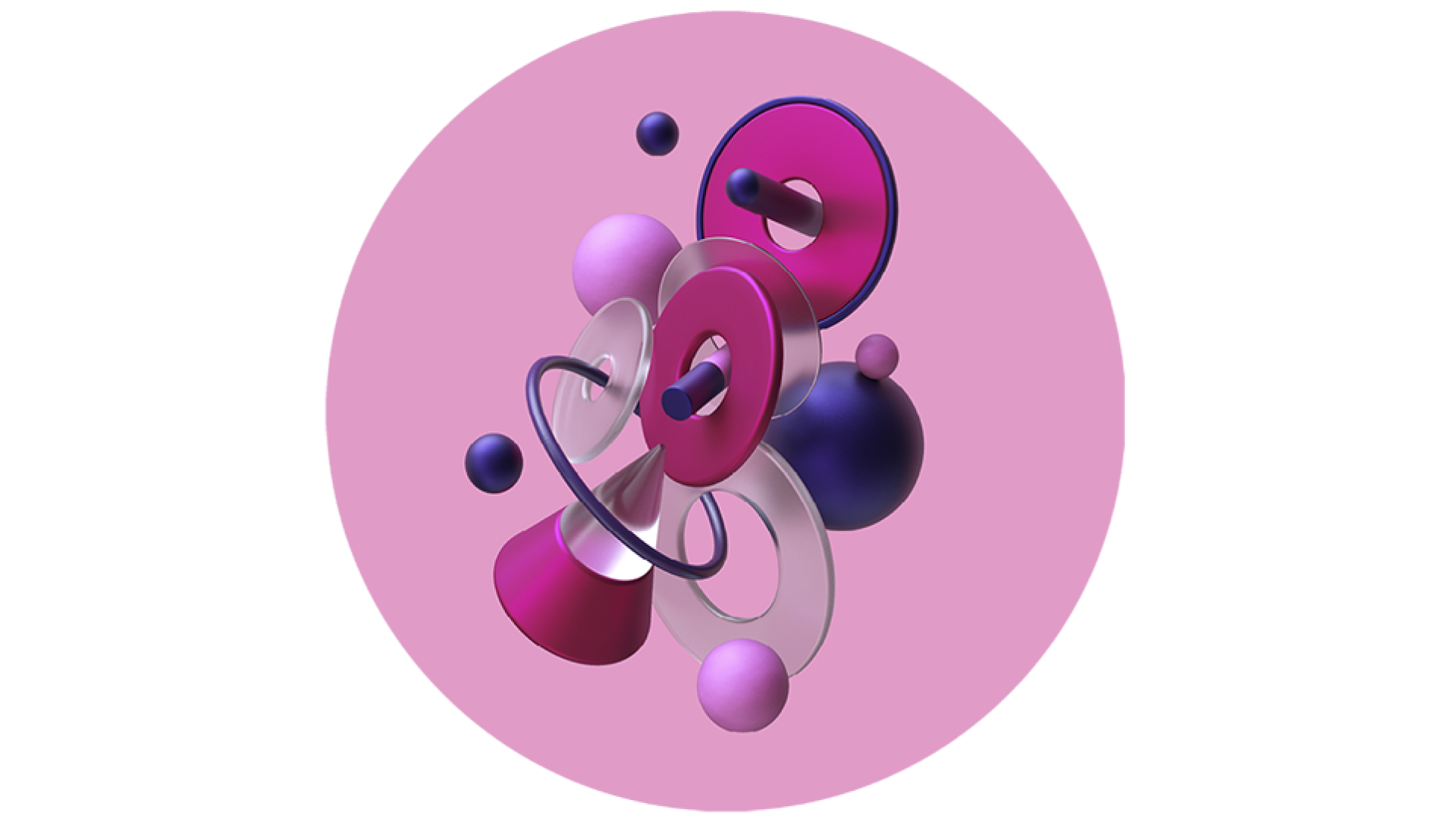When your doctor, accountant, or lawyer gives you an opinion, very few of us second guess it. We might ask for clarification, but we generally trust that it’s based on years of training, expertise and evidence.
Yet when a designer gives an opinion, everyone seems to have one of their own - what they like, what they don’t like, or what “works” for them. Why is that?
It’s because design is often seen as more art than science. We see it as subjective, a matter of cosmetics, and personal taste. But the reality is, effective design is more about science than it is about art.
Good design absolutely has foundations in art, driven by creativity, intuition and audience perception. It’s about telling stories, grabbing attention, creating emotional connections, and making something compelling and memorable. But it’s art that works best when it's grounded in science – factual, tried-and-tested evidence about what people respond to and how they behave.
1. Measurable and predictable human behaviour
Design is rooted in how people actually behave, not just how we want them to. For example, years of research tell us that people don’t read webpages like novels, they scan in patterns like F-shapes or Z-shapes. If your most important message sits outside those scan paths, odds are it’s being missed. So we design accordingly.
Effective design anticipates these known behaviours. It’s about making it easy for people to do what you want them to do, whether that’s buying, signing up, or understanding your message quickly.
When we design, we’re not just making things look good, we’re applying what’s proven about human attention and decision-making to create perceptions and drive behaviours.
2. Emotional and cognitive responses
It’s no accident that so many banks use blue in their branding. Blue conveys trust and stability. Yellow implies happiness and joy. Red means passion and speed. All the colours evoke an emotional reaction. Decades of research show consistent emotional associations with colour, so that’s why we use them to set the tone and feel that best connects with audiences’ head and heart.
Fonts too shape perception. A high-end law firm wouldn’t use Comic Sans, not because of snobbery, but because typefaces communicate tone and professionalism. Imagery matters too. A recruitment campaign that uses photos of diverse, smiling teams is deliberately signalling inclusivity and approachability, tapping into the emotional response that helps attract talent. This is where the art comes in: combining these, and other, elements in a unique and compelling way that feels authentic. The best design doesn’t feel formulaic, even though it uses well-understood principles to get results.
3. An evidence-based process
Unlike many art forms, design is highly testable. We don’t have to guess whether something works, we can measure it. Think about A/B testing a landing page or an eDM: changing a single call-to-action button can measurably increase conversions. That’s not an aesthetic opinion; it’s a data-backed design improvement.
Heatmaps and eye-tracking tell us exactly where users look, what they ignore, and how they navigate a page. Brands like Amazon don’t leave their design to chance, they continuously test to see what performs better.
As designers, we don’t see feedback as subjective judgement but as valuable input to optimise and refine the design, making it more effective.
4. Driving measurable business results
Design isn’t just decoration; it’s a business tool. It directly influences metrics marketers care about, like cut-through, recall, conversion rates, sign-ups, time on page, sales, etc. Consider Apple’s packaging. It’s beautifully designed but also strategically so. The unboxing experience reinforces brand value and drives loyalty. Or think about checkout page design in ecommerce. A cluttered, confusing form reduces conversion rates, while a streamlined, well-designed one can drive additional sales.
These results are measurable, and that’s why smart businesses invest in design to deliver ROI.
5. Design thinking - structured, repeatable methodology
Finally, design is not just about creative inspiration. Good design follows a process. Design thinking is a systematic approach to problem-solving: understand the audience, define the problem, ideate, prototype, test. It’s structured, repeatable and evidence-based – just like a scientific method.
When we work on a project, we don’t just leap into making something look good. We research the audiences, their drivers and the channels they prefer. We explore proven communication and behaviour change frameworks, looking for insights we can apply. We treat design problems like any business problem, using process to generate and evaluate alternatives before making considered decisions about the options most likely to deliver the desired outcomes. We go live, and refine based on real audience engagement and interaction.
So yes, design is part art, but it’s just as much – if not more – a science. It’s the art of telling the right story in the right way. But it’s the science of knowing what works, and why. It requires creativity and expression but it also demands rigour, testing and evidence.
The next time your boss or one of your peers says “I don’t like that colour” or “Can you move the logo over there?” it’s worth reminding them that these choices aren’t just about personal preference. They’re decisions that can and should be guided by what we know works for people, for brands, and for results. And when they question the value of investing in good design, remind them that good design is a strategic, evidence-based tool to solve business problems and deliver results. What all the top global brands have in common is a strong focus on design-thinking. Professional design advice helps them engage effectively with all their target audiences, and that’s the driver of their success.

